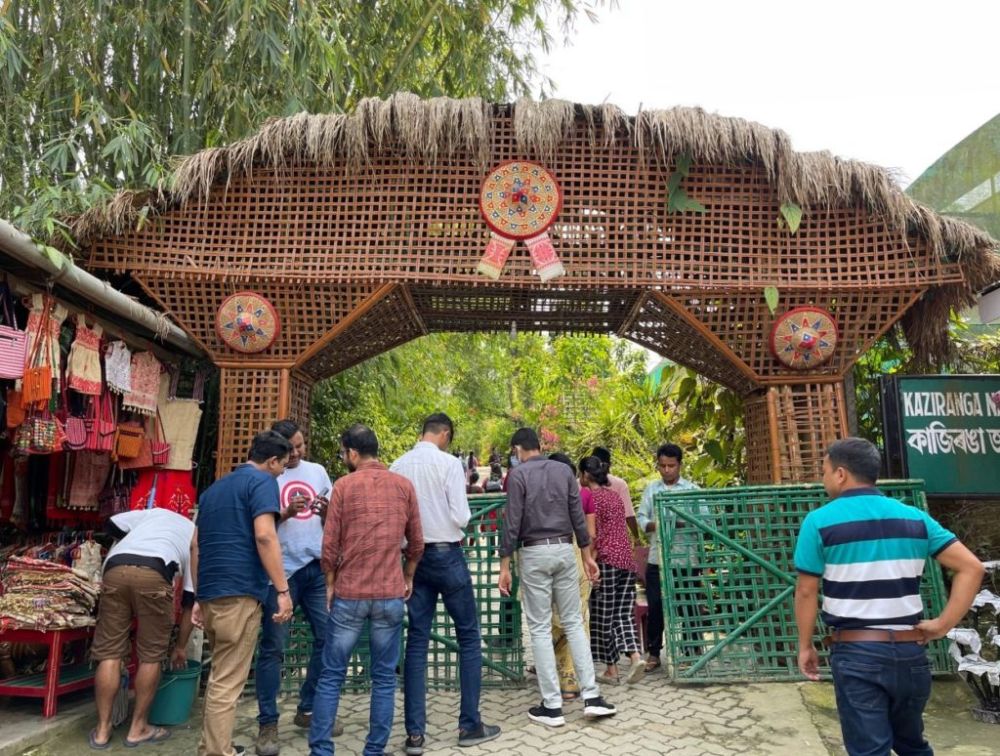

Kaziranga, home to the famed Kaziranga National Park, has been attracting nature lovers and wildlife enthusiasts for many decades. It became a tourist hotspot since its establishment as a reserved forest in 1905. The park was later declared a World Heritage Site by UNESCO in 1985, exponentially increasing its global appeal. The introduction of the Orchid and Biodiversity Park added a new dimension to tourism in the area, by showcasing the rich flora of the region, notably its orchids.
Opened in 2015, the Orchid and Biodiversity Park is a recent addition to Kaziranga's tourist attractions. It hosts the largest collection of orchids in Northeast India, with over 600 species. This park, spanning across 6 hectares, includes a greenhouse, an orchid museum, and a garden that also features local rice varieties and medicinal plants.
Visitors of the Orchid and Biodiversity Park are greeted with a myriad of colors and fragrances, as the park is divided into different sections, each dedicated to the stunning diversity of Assam’s flora. The orchid greenhouse itself is a prime attraction, where tourists can marvel at the exotic and endangered species carefully cultivated here.
The park also includes:
The latest trend in tourism at the Orchid and Biodiversity Park includes incorporating digital guides and interactive exhibits to educate visitors about the importance of conservation and biodiversity. Additionally, with the growing emphasis on eco-tourism, visitors are now offered eco-friendly accommodations and a chance to participate in conservation activities, such as planting orchids or learning about sustainable gardening practices.
The government and local tourism bodies have taken steps to enhance visitor experience by:
Conservation is at the heart of the park's ethos. Efforts are made not only to preserve the native orchid species but also to educate visitors about the importance of biodiversity. The park emphasizes the need for sustainable tourism practices that don't harm the natural environment.
The park has had a positive economic impact on local communities by generating employment opportunities and promoting local arts and crafts. Communities are engaged in park management and conservation, ensuring that tourism benefits the region's biodiversity as well as its people.
Best Time to Visit: The park remains open throughout the year, but the best time to visit is from November to April, as the climate is pleasant and the orchids are in full bloom.
Make sure to check the timings and any visitor restrictions beforehand to enjoy a seamless experience of Assam’s exotic beauty and culture at the Orchid and Biodiversity Park in Kaziranga.